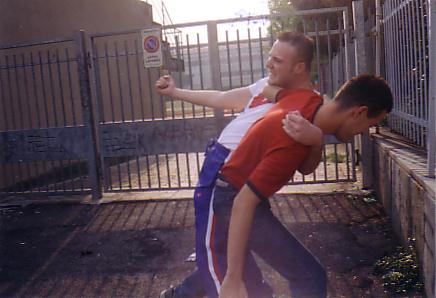Voluntary vs Involuntary Manslaughter
The distinction between voluntary and involuntary manslaughter is rooted in the intention behind the killing. Manslaughter involves an unlawful killing but without any intention to kill. It is an unlawful killing without the mental element required for murder. Manslaughter does not involve premeditation or a prior plan to commit an unlawful killing. It is typically divided into two categories: voluntary and involuntary manslaughter. Understanding the differences between these two categories can help clarify the distinction between them.
What is Voluntary Manslaughter?
Voluntary manslaughter often refers to a killing committed in the “heat of passion,” meaning that it wasn’t pre-planned or premeditated. Instead, the circumstances leading up to the act caused intense emotional distress, such as rage or fear, which provoked the killer to commit the crime. Examples of “heat of passion” crimes include a spouse caught in the act of adultery or a drunken fight between two people that leads to a deadly act of violence. Voluntary manslaughter may also involve an intentional killing where the perpetrator had no prior intent to kill but, at that moment, intended to cause serious bodily harm or death. This mental element is often accompanied by other surrounding circumstances that help reduce the severity of the charge. Essentially, voluntary manslaughter involves crimes committed in the heat of the moment due to circumstances that cause significant emotional or mental distress. The court often determines whether a reasonable person in the same situation would have reacted similarly.
What is Involuntary Manslaughter?
Involuntary manslaughter refers to an unlawful killing without any mental element or intention. It does not include crimes committed in the heat of the moment. Involuntary manslaughter involves a death that results from a negligent act or a failure to exercise the legal duty of care. In these cases, the person committing the unlawful killing did not intend to cause bodily harm or kill the victim. Different jurisdictions categorize involuntary manslaughter in various ways, such as constructive manslaughter, gross negligence manslaughter, or criminally negligent manslaughter. Involuntary manslaughter can occur when a person commits an unlawful or reckless act and, as a result, kills another person.
Key Takeaways
- Voluntary manslaughter involves an intentional killing in the heat of the moment due to intense emotional distress.
- Involuntary manslaughter involves an unintended killing resulting from negligence, recklessness, or failure to exercise the legal duty of care.
- The primary difference between the two categories is the presence or absence of intention in the act of killing.
